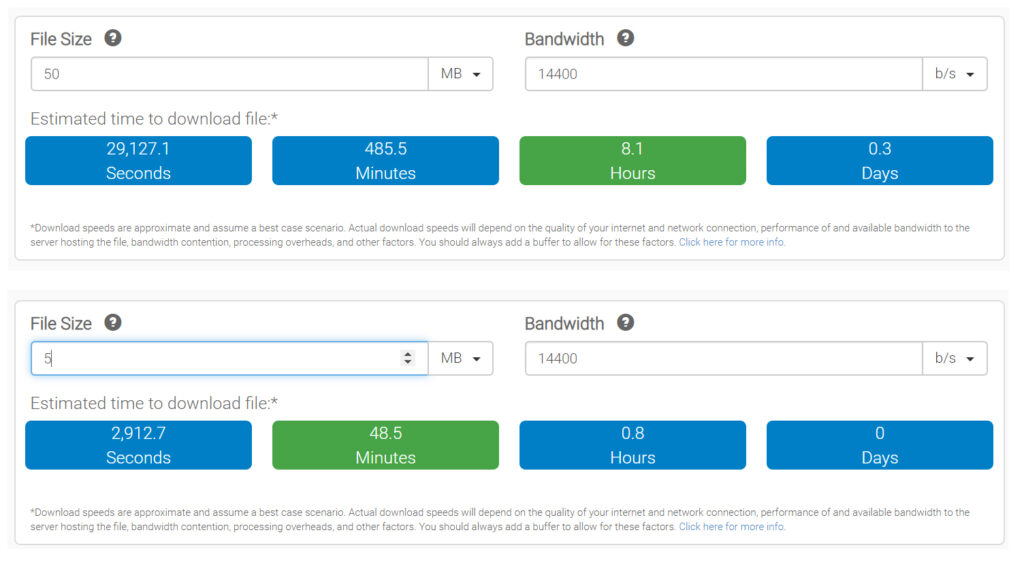Bowne & Co.
The largest Financial Printing company in the nation, and had a relationship with most listed companies. It was headquartered in New York and had several regional divisions spread throughout the country. The Internet Services Division was housed in three offices: Montreal, Arizona and Cleveland.
Online Bond Prospectus
One challenge the Internet Services Team encountered is a client that wanted to publish Bond Prospectus online to have better distribution. The problem was that the client’s PDF file was over 50 megabytes – an incredible size in the time of dial-up internet connections. Further complicating matters was the clients desire for security: they could not afford for any of the text to be changed, even accidentally. Further complicating the issue, most of the bond issues were written by consultants – that would never offer the original text document. Instead, they would send a printed copy of the Prospectus that was scanned in by our client.
The Issue
The issue involved taking the original large PDF, and making it small enough to distribute over dial-up. The process involved taking the scanned pages, and converting that image to an intermediary file type that could be distilled in to a small PDF file. The original file would have taken 8 hours and 6 minutes (fig. 1 – top.) to download through dial-up connection speeds; not friendly to potential investors.
The Solution
To make these files more user friendly, each page was saved out as an individual image. I wrote a script so Photoshop would open the image and save it in to a New folder as a postscript File. The new folder was then distilled in to a new document. This process converted the bitmap scanned image and converted it to a vector image, effectively shrinking the file 90% to 5 MB while maintaining quality and readability. The download time was reduced from over eight hours to under 50 minutes (fig. 1 – bottom), making it easier for investors to access the information.

“Brian is able to solve problems facing our business because of his knowledge and expertise.”
Bill Boxler, Manager – Internet Services
GAP, Inc. Annual Report
Gap, Inc. requested we make them a digital version of their printed Annual report. The challenge was that they wanted it to reflect the printed version as closely as possible. This required careful coding and formatting be done to retain the look and feel the client required. Complicating the issue was the clients timeline for completion. The issue was how to replicate printed text and appropriate column width, font, font size and kearning using HTML 4.1 – the current specification at the time.
With some solid planning and brief experimentation, I was able to encode the pages accurately by converting points to pixels, and use that as the basis of the project.